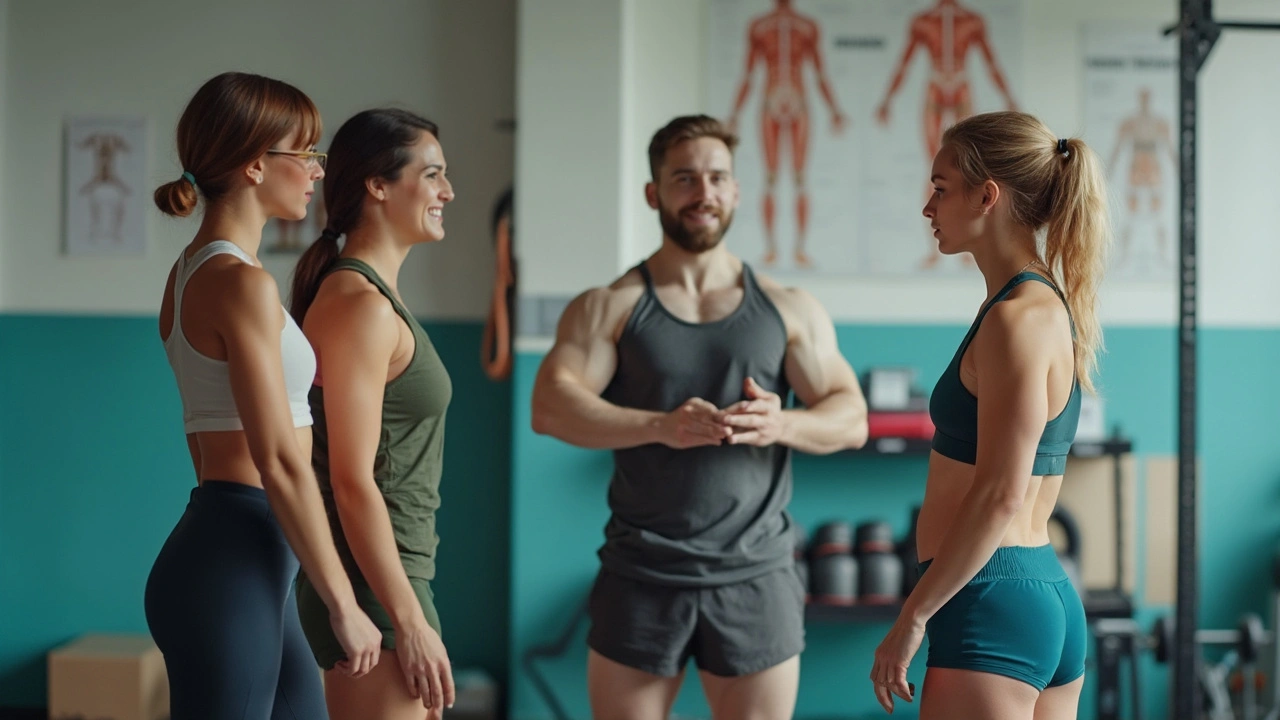Sports Therapy Massage in Amsterdam: How It Helps Athletes Stay on Top
Ever wonder why pro athletes swear by regular massages? It’s not just a luxury – it’s a key part of their training plan. In Amsterdam, a growing number of studios specialize in sports therapy, offering techniques that cut downtime, ease sore muscles and sharpen focus.
Why Sports Therapy Matters
When you train hard, muscle fibers develop tiny tears. Without proper care, those micro‑injuries turn into stiffness, reduced range of motion and even chronic pain. A well‑timed massage flushes out waste products, restores blood flow and delivers fresh oxygen to the damaged tissue. The result? Faster healing and a lower chance of pulling a hamstring before a big match.
But not every massage works the same. Deep‑tissue massage, for example, targets the deeper layers where most sports‑related tension builds up. It feels firm, sometimes a bit uncomfortable, but the relief lasts hours after the session. Swedish massage is lighter, great for warm‑up days or after a light jog, because it promotes circulation without over‑stimulating sore spots.
Thai massage adds a stretch element. Therapists guide the body through yoga‑like positions while applying pressure, which can improve flexibility and prevent injuries caused by tight muscles. If you practice yoga yourself, combining it with Thai massage can boost your pose depth and balance.
Choosing the Right Massage for Your Sport
First, think about your activity. Runners benefit most from a mix of deep‑tissue work on the calves and hamstrings plus gentle myofascial release on the hips. Cyclists need focused attention on the quadriceps, glutes and lower back – a combination of Swedish and trigger‑point therapy works well here.
Team sport players, like football or basketball athletes, often deal with shoulder and neck tension from repetitive motions. A sports‑focused Swedish session followed by a short deep‑tissue spot treatment can keep those joints supple.
When you book, ask the therapist about their experience with athletes. A good practitioner will ask about your training schedule, any recurring injuries and your goals for the session. This conversation helps them tailor the pressure, duration and technique to match your needs.
Location matters too. Many Amsterdam studios are close to major sports venues, offering quick drop‑in appointments after a training session. Look for places that advertise “sports therapy” or “athlete recovery” – those keywords usually mean they have the right equipment and expertise.
Finally, keep a simple recovery log. Note the date, type of massage, pressure level and how you felt afterward. Over a few weeks you’ll spot patterns: maybe a deep‑tissue session on Mondays eases weekend race soreness, or a Thai stretch on Thursdays improves your sprint start.
Bottom line: sports therapy isn’t a one‑size‑fits‑all service. It’s a set of tools you can mix and match based on what your body asks for. By choosing the right technique, booking with a knowledgeable therapist in Amsterdam, and tracking your results, you’ll stay stronger, recover faster and keep enjoying the sport you love.
Deep Tissue Massage: The Essential Guide for Muscle Recovery
Deep tissue massage is more than just relaxing—it’s a powerful tool for relieving muscle pain, speeding up recovery, and supporting an active lifestyle. This guide breaks down what deep tissue massage is, how it works, and who it benefits. You’ll get practical tips for finding the right massage service, what to expect during your first session, and how to stay safe. Whether you’re an athlete or just sore from everyday stress, this article covers everything you need. Let’s make muscle recovery simple and effective.
